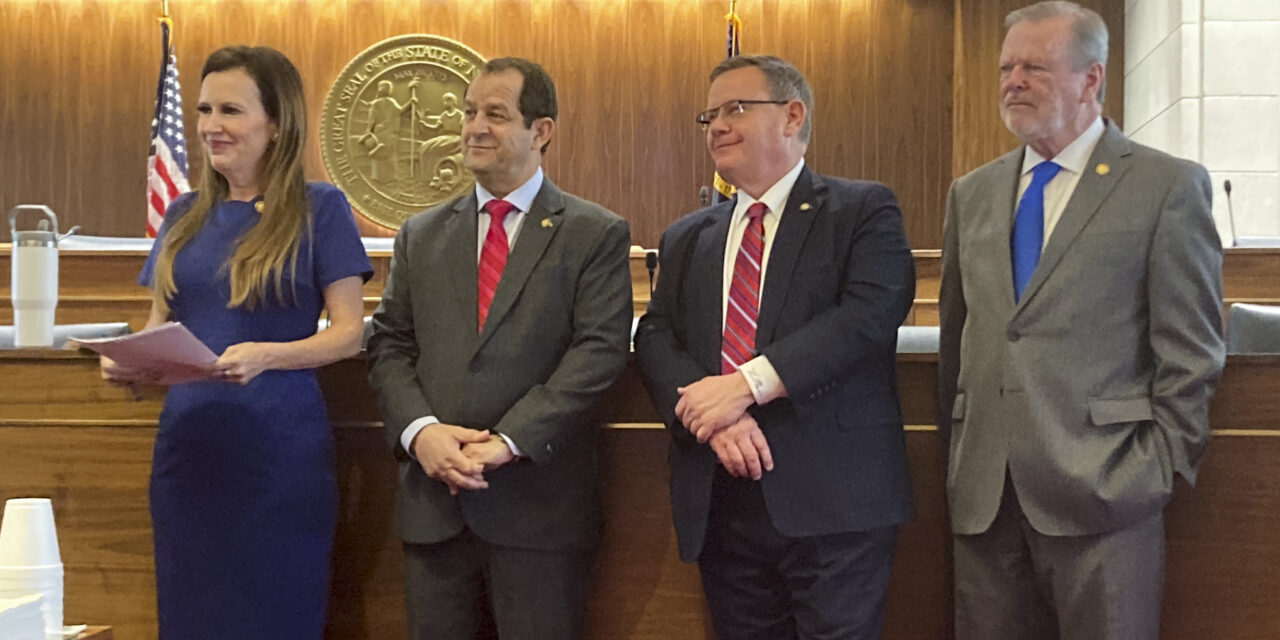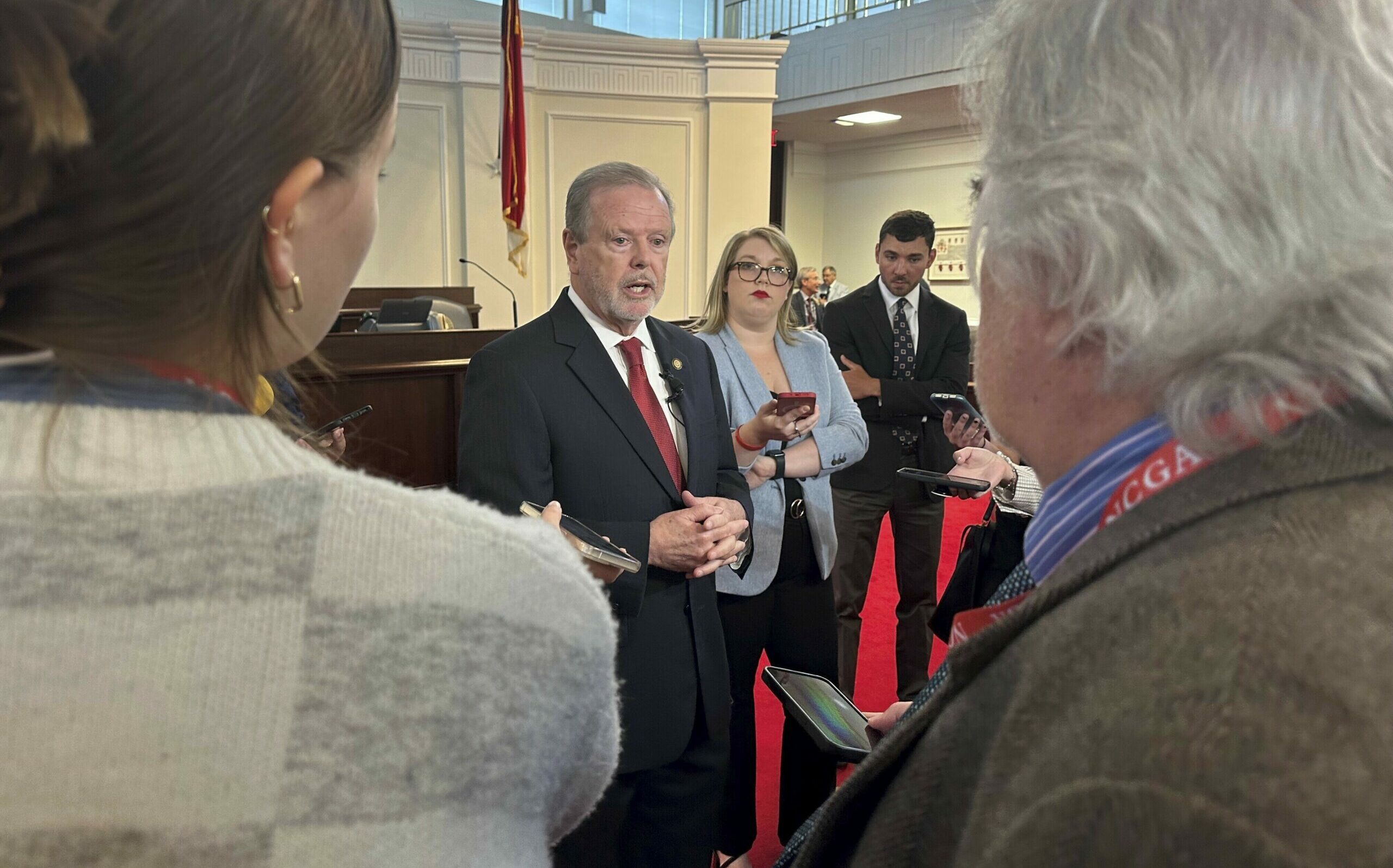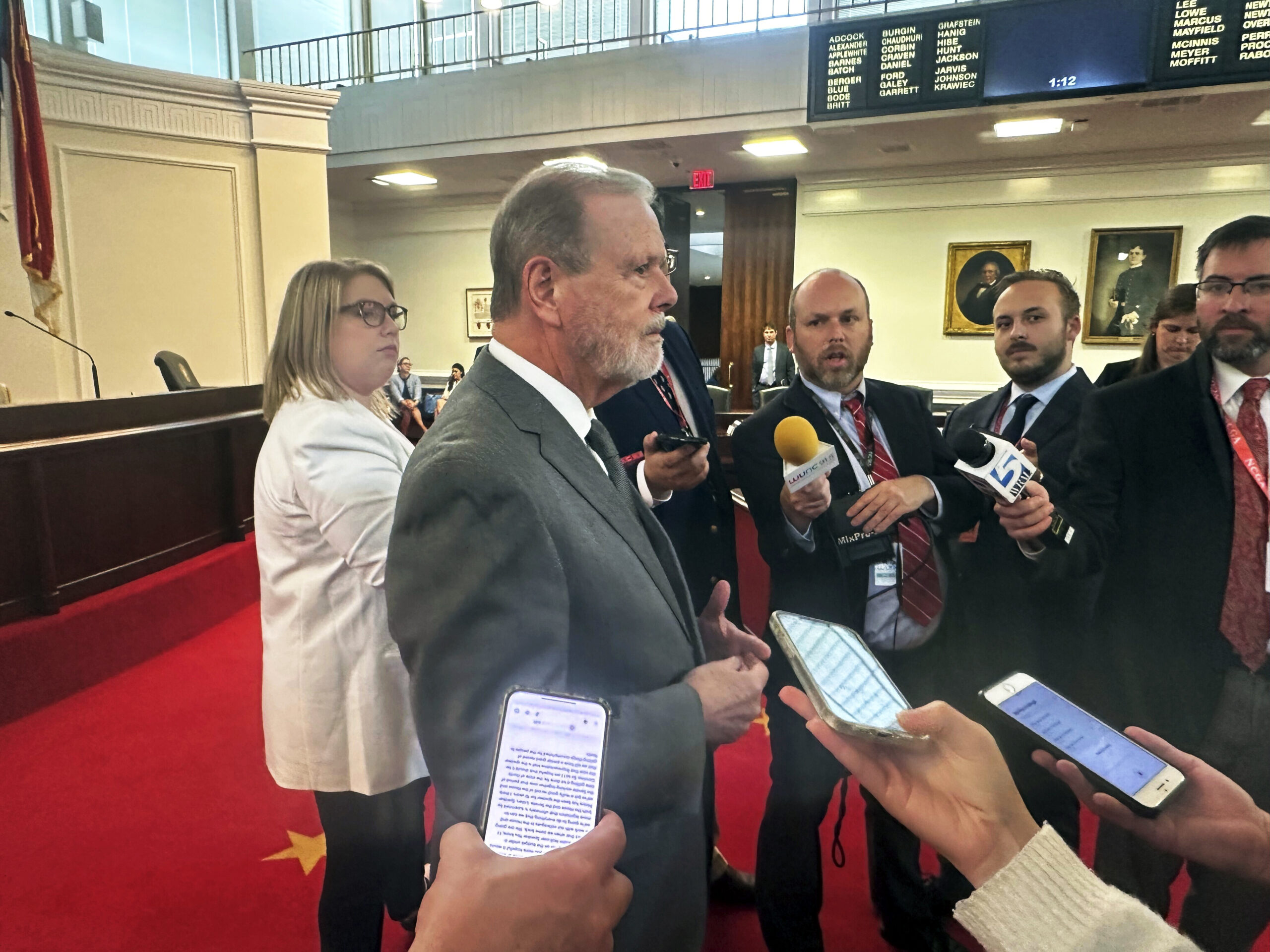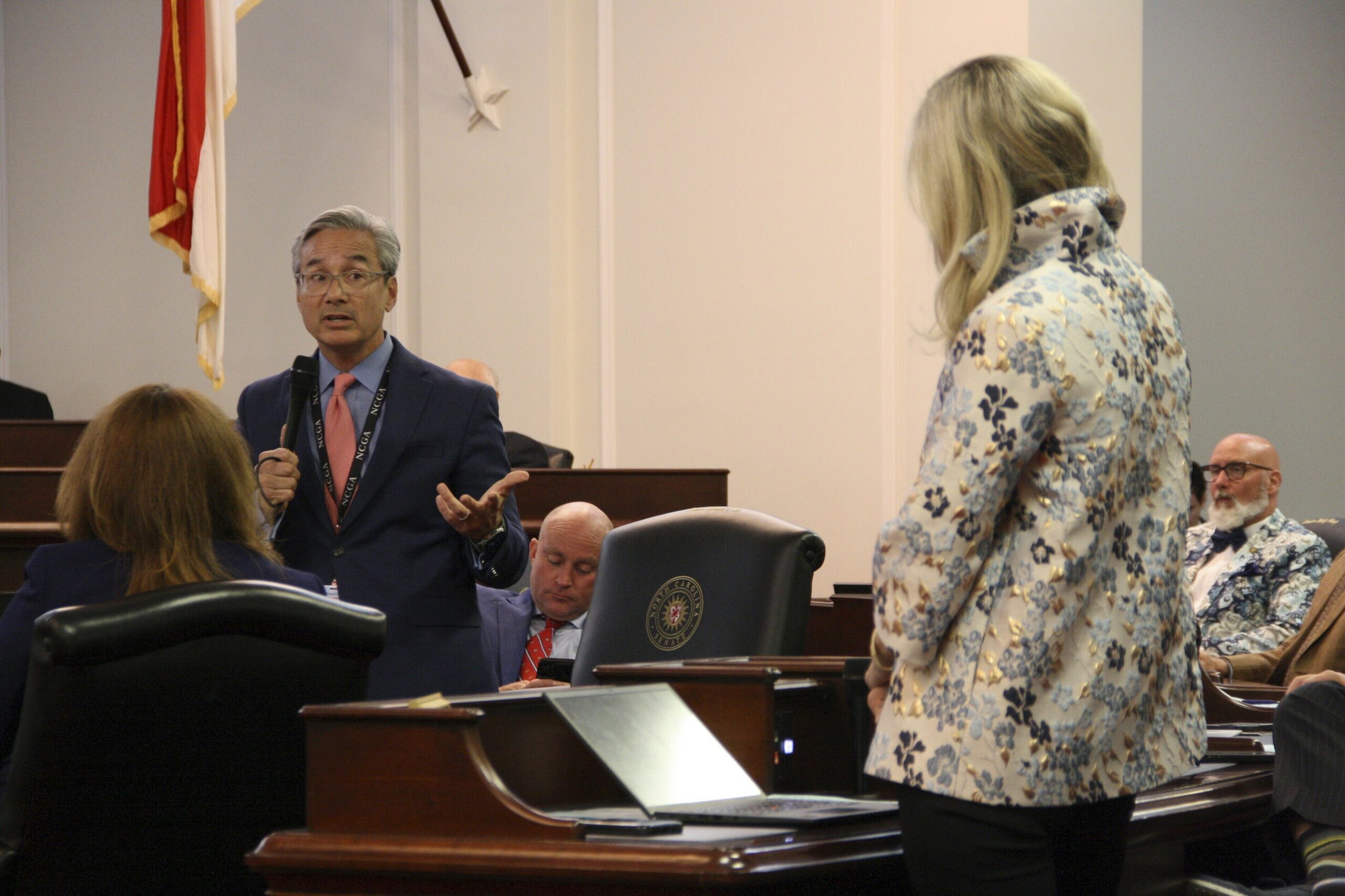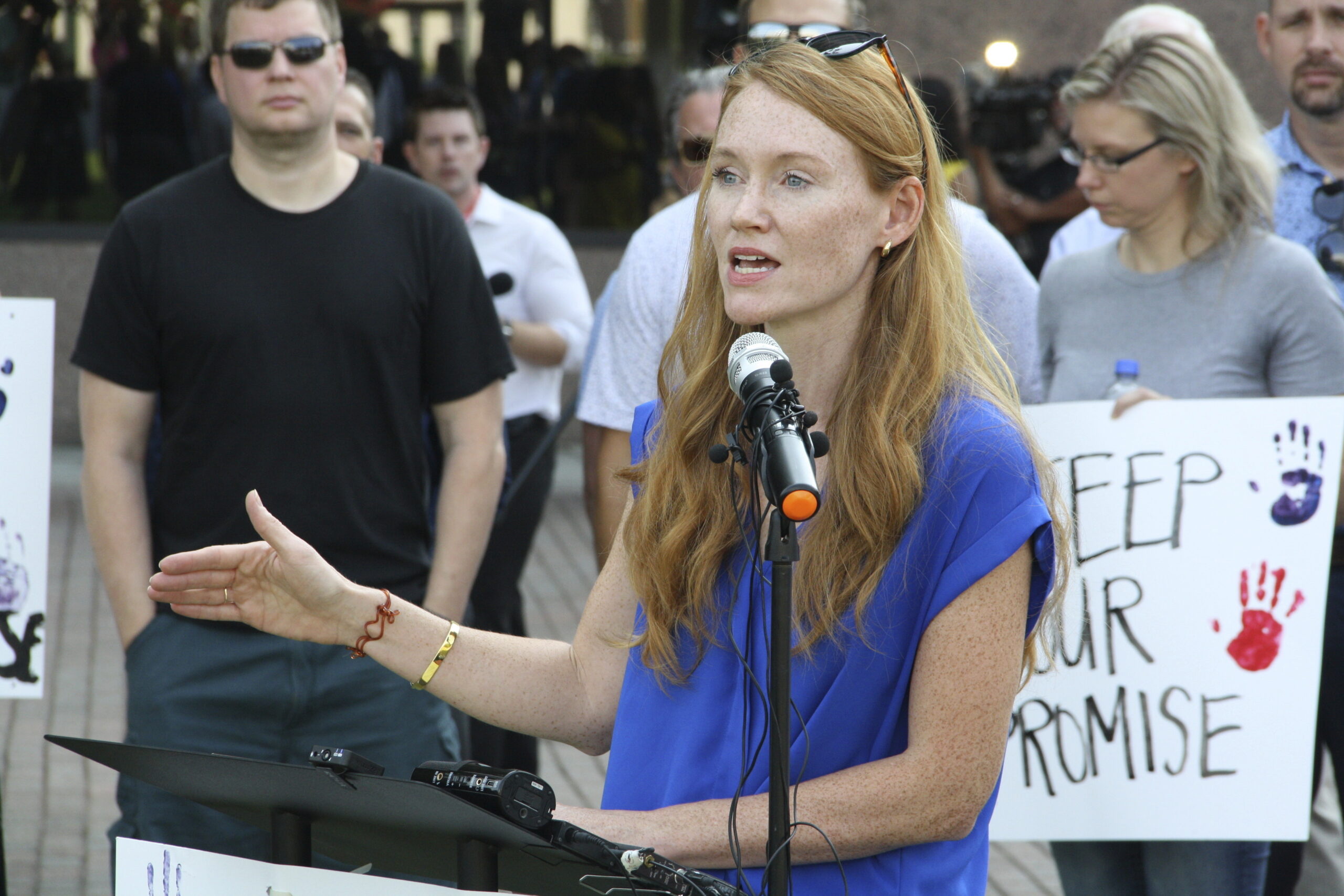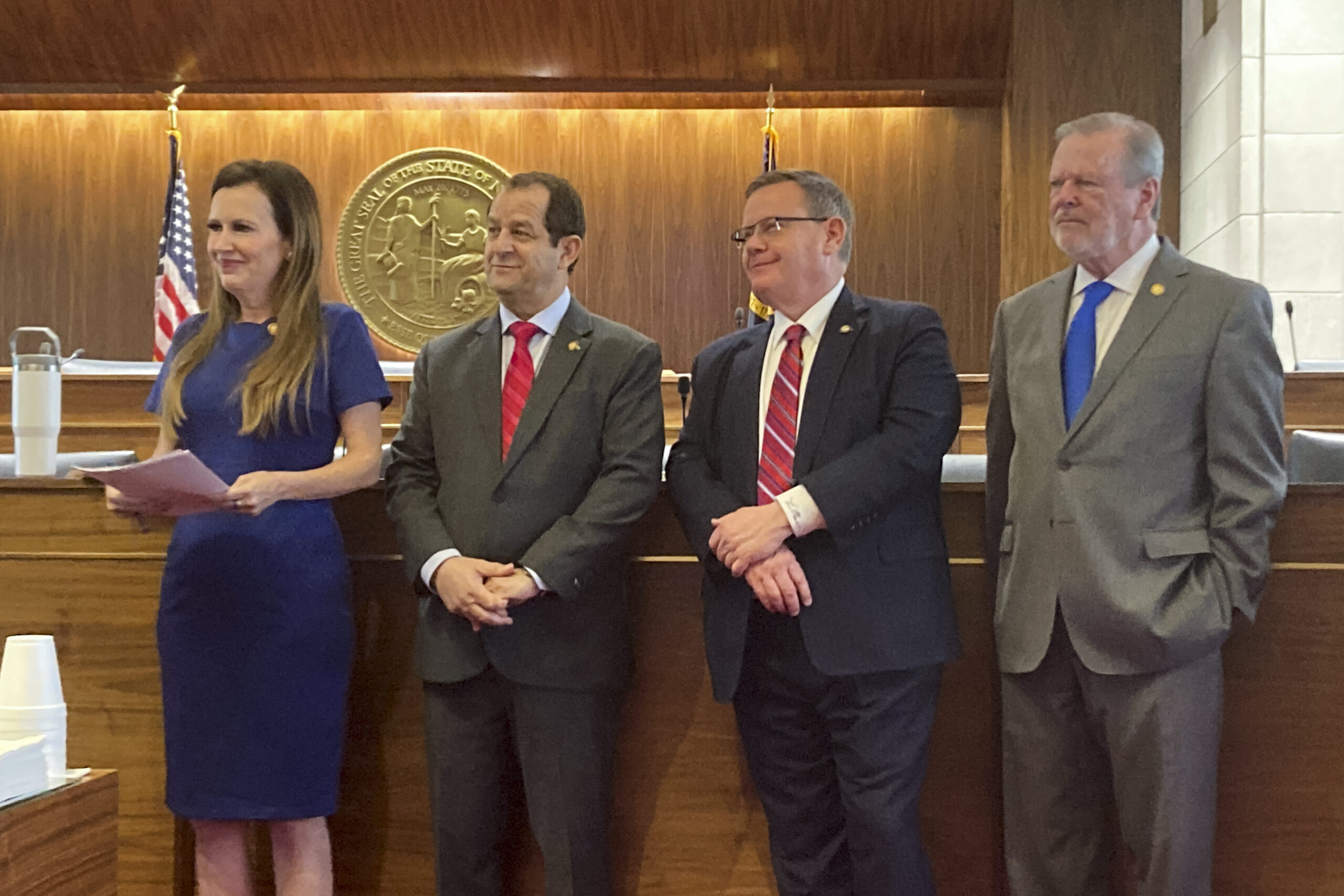Written by GARY D. ROBERTSON
Public money for private school tuition would be available to all of North Carolina’s K-12 students regardless of income under Republican-backed legislation that began advancing in the General Assembly on Wednesday.
For nearly all of their history, the private school grants were only available to families who would qualify for free or reduced-price lunch at school or have been a little above that financial cut-off. Now, a Senate committee has passed a massive expansion of the Opportunity Scholarship Program, created in 2013.
Republican leaders from both chambers hailed it as a milestone for school choice.
“This legislation is about kids first, about families being able to make the best decisions for their child,” Rep. Tricia Cotham of Mecklenburg County said at a news conference. She is a chief sponsor of the House version of the voucher expansion.
Cotham recently switched her party registration from Democrat to Republican, which means the GOP now holds veto-proof majorities in both chambers. Her sponsorship of the bill signals that Democratic Gov. Roy Cooper may be unable to block its enactment. All of the General Assembly’s Republicans had signed on as sponsors of House and Senate versions by late Wednesday.
Cooper and other opponents say the grants are vouchers that siphon money away from traditional public schools. Some critics also have expressed concern about taxpayer dollars going to private schools that they say turn away students based on religious tenets or other grounds.
This school year, over 25,500 students shared $133 million in Opportunity Scholarship awards distributed to over 540 schools, according to state data. North Carolina has roughly 1.4 million public school students. The amount of money going to these scholarships annually would exceeded $500 million by 2032 under the proposed legislation.
In a tweet last week, Cooper called the expansion proposal “worse than awful” for offering “vouchers that can be used by billionaires to send their kids to private schools.”
The legislature already agreed recently to raise the income cap so that a family of four making up to $111,000 could qualify next school year for scholarships of up to almost $6,500 per eligible child.
“Over time, we’ve realized that it’s important for all families to have choice,” Sen. Michael Lee told the education committee. The Republican from New Hanover County is a chief sponsor of the Senate version.
Wednesday’s measure in the Senate committee would eliminate income eligibility limits for which to qualify starting with the 2024-2025 school year.
They would be replaced with a sliding scale by which the lowest-income applicants would receive scholarships equal to the per-pupil amount allocated to the public schools last year. Even the highest wage earners could receive awards equal to 45% of the per-pupil allotment.
Rosie Mayberry of Asheboro said two of her three children receive the scholarship, but a third doesn’t meet a requirement related to previous public school attendance that the bill would also eliminate.
“This scholarship has changed our life. For our children, they are thriving in their school,” Mayberry said.
Democratic Sen. Natasha Marcus of Mecklenburg County, a bill opponent, said later that parents already have plenty of choices through public charter schools and magnet schools — in addition to the Opportunity Scholarship Program in its current form.
“Yet we continue to increase the funding year after year here at the General Assembly with no accountability,” Marcus said.
A 2020 lawsuit alleged that the scholarships often were unconstitutional because some schools that receive the money refused admission to students based on religion or who publicly support LGBTQ+ rights. The plaintiffs dismissed the case last week before any ruling on their allegations.
Responding to Marcus about alleged bias claims, Lee said he didn’t know whether they happened at schools or not. But he said “the primary purpose of this is to focus on children and focus on families and where they want to go to school.”
Photo via AP Photo/Gary D. Robertson.

